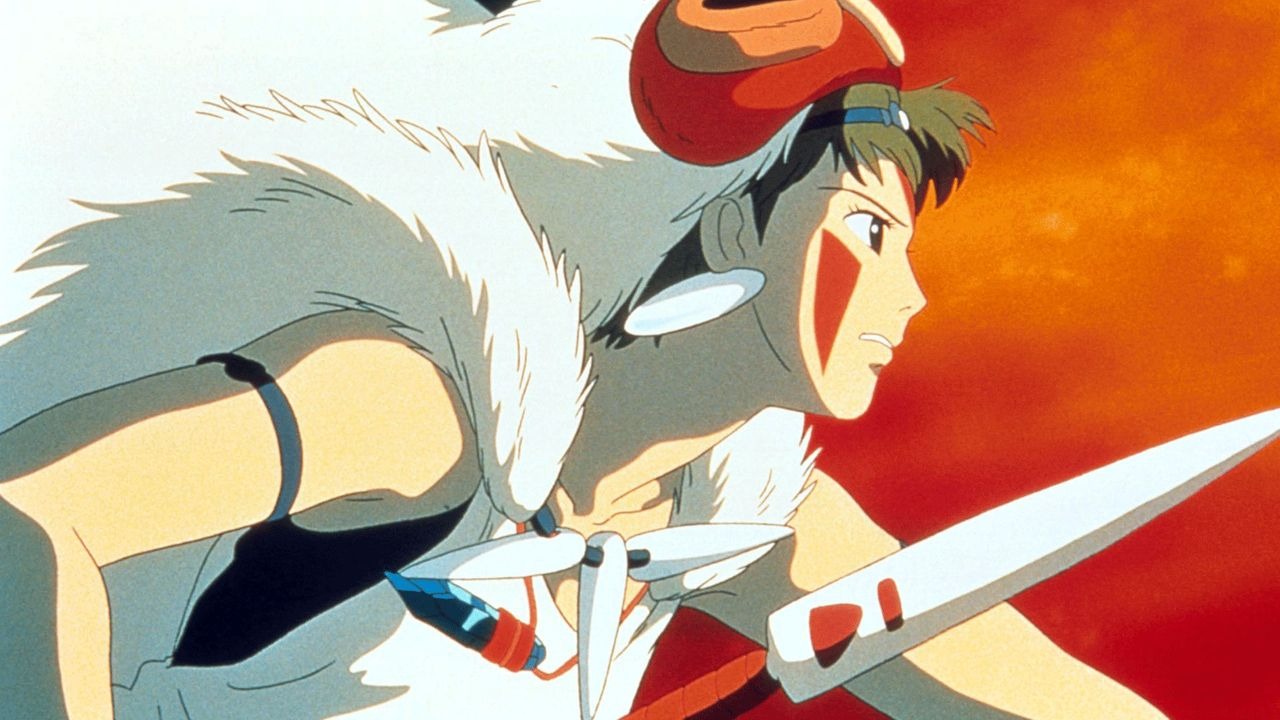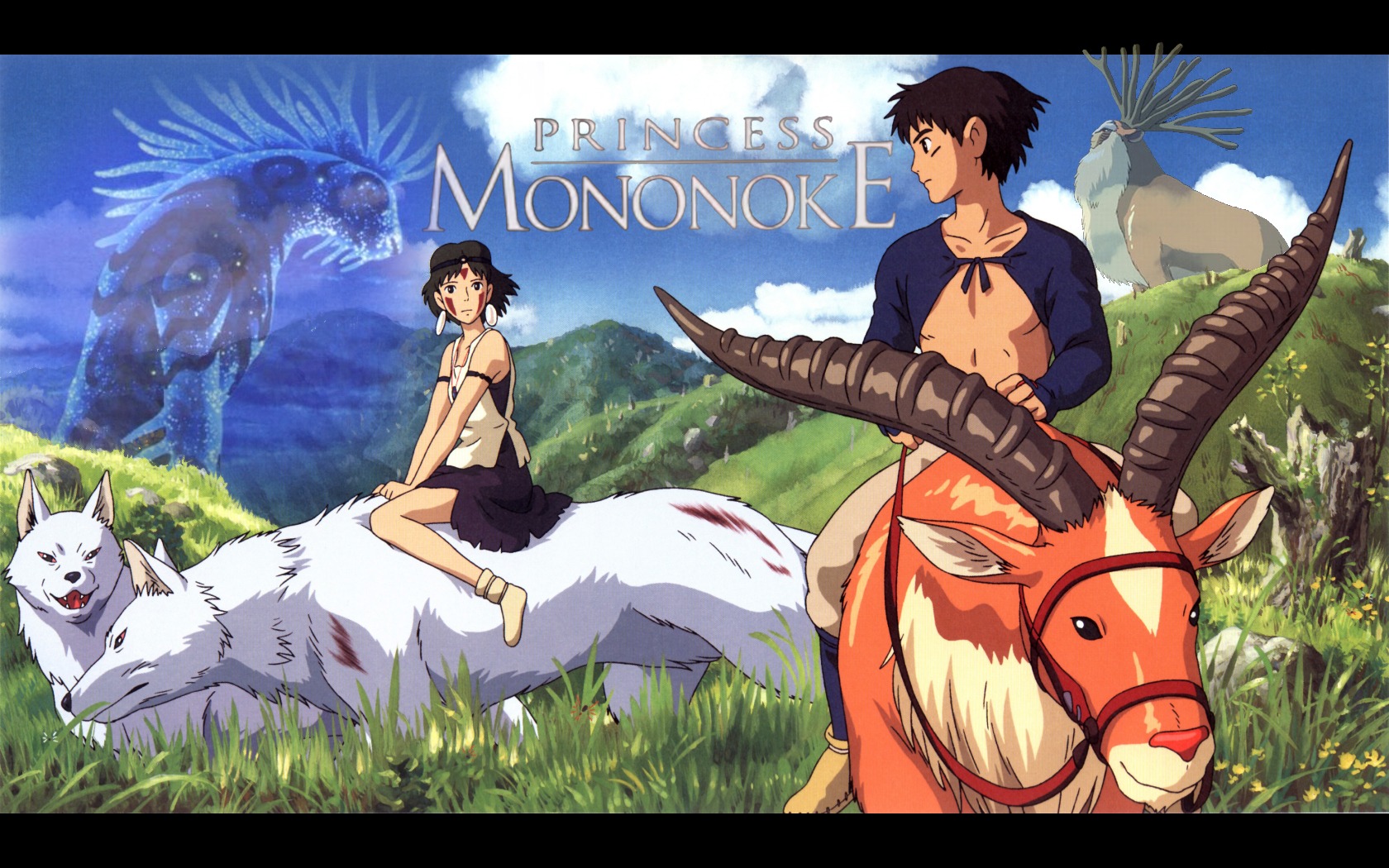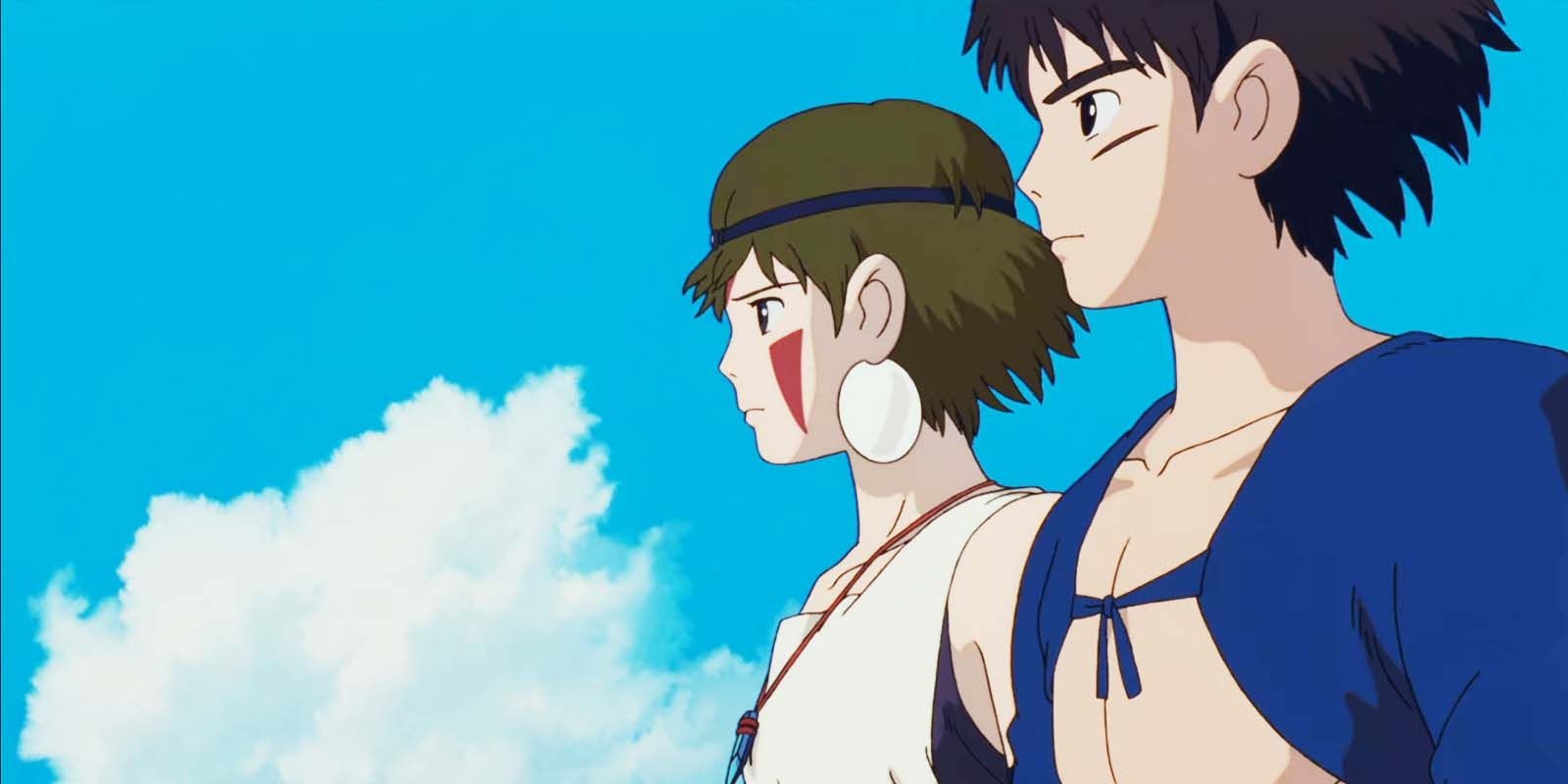Mononoke delivers a striking finish that rewards careful attention to its layered storytelling. As the curtain falls on this emotionally charged film, questions that have built up across the story begin to find answers, though not always in the most direct way.
The Medicine Seller, who has always walked a thin line between detachment and moral purpose, finally completes the process required to exorcise the spirit. But this is not done through force or ritual alone. It demands a deep understanding of the spirit’s background, emotions, and motivations.
Instead of merely defeating evil, the story insists on understanding pain. This approach adds depth to the way the Mononoke are handled throughout the movie. Each encounter is more than just a struggle with something paranormal.

It is a reflection of the wounds left behind by human choices and buried memories. When the final spirit is dealt with, the result does not just offer resolution to the haunting itself but also delivers emotional release to the characters bound by it.
The strength of Mononoke lies in its refusal to offer easy answers. Its resolution is packed with emotion, symbolism, and the unspoken truths that weigh heavily on those involved.
What plays is not just an ending but a moment that forces viewers to reflect on what they have seen and what it means for the characters who have suffered through its events.
The Path to Truth and Resolution
The final sequence begins when the Medicine Seller identifies all the necessary elements—form, truth, and reason. These three things serve as the pillars required to draw his sword and address the Mononoke.
The last story arc in the film revolves around Karakasa, a spirit born from lingering sorrow and injustice. As the pieces of her backstory are laid out, it becomes evident that she is not malicious by nature but formed out of pain that was never acknowledged.
Karakasa’s story reveals how human cruelty, neglect, and fear give rise to spiritual unrest. She represents the emotional fallout of those discarded or wronged by society.
When the Medicine Seller finally understands the origin of her sorrow, the tone changes from confrontation to compassion. This final act is not just about dispelling the spirit but helping it find peace through recognition and acceptance.
The power of this ending is found in its quietness. There is no loud battle or fiery destruction. Instead, what we see is a calm acknowledgement of past pain, and the ability to face it with empathy. This final gesture allows the Mononoke to let go, and the cycle of suffering begins to dissolve.
Karakasa’s Fate and Emotional Impact
Karakasa is not defeated through violence. Her end comes as a result of the truth finally being spoken. She does not fade away because she is overpowered but because her voice is heard for the first time. That act of listening becomes the tool that dissolves her rage. She had not wanted to destroy but only to be acknowledged. Once this happens, her spirit no longer clings to the world.
This moment provides clarity not only for her but also for the people involved in her story. They carry guilt and shame, emotions they had buried for years. Through Karakasa’s emergence, these feelings come back to the surface. The Medicine Seller serves as the one who guides them toward this release, not through preaching but by forcing them to confront what they have done.
The film closes without providing clean solutions or universal closure. It accepts that some wounds will remain. However, what it does offer is an opportunity for healing. It reminds us that acknowledging pain is sometimes the only way to move forward.
The Role of the Medicine Seller
Throughout the movie, the Medicine Seller remains calm, observant, and almost distant. But in the final arc, more of his perspective becomes clear. He is not heartless but careful. His way of handling the spirits shows he sees them as victims rather than just threats. He does not rush into judgement but waits until he has seen enough to understand what truly happened.
This method of dealing with the Mononoke is very different from what one might expect in a horror tale. It shows a quiet type of strength, one built on wisdom and restraint. The Medicine Seller never imposes himself on the situations he finds. He allows the truth to surface naturally, guiding others without forcing them.
His presence in the final act reflects that commitment to balance. When he finally draws his sword, it is not to destroy but to free. His strength lies not in brute force but in his ability to endure, observe, and act only when the time is right. Through him, the story shows that resolution sometimes comes through understanding rather than confrontation.
Symbolism and Visual Storytelling in the Ending
Mononoke’s final scenes are filled with strong imagery that does not require words to make an impact. The colors change, the shapes distort, and time seems to move differently. These visual choices reflect the emotional states of the characters as much as the supernatural environment they find themselves in.

As Karakasa’s presence grows stronger, the visual environment becomes unstable, almost breaking apart under the weight of hidden truths. The Medicine Seller moves through this with calmness, showing that he is grounded in the process. When peace is finally achieved, the return to calm visuals mirrors the emotional change.
This use of visual language allows viewers to feel the emotional tone without needing everything explained. It respects the audience’s ability to sense what is happening and what it means. The final image, quiet and still, suggests that peace has returned but at a cost. It does not try to wrap everything in comfort, leaving some room for reflection and even sadness.
The Larger Message Behind the Ending
Mononoke’s conclusion sends a message that speaks directly to how people deal with loss, guilt, and forgotten pain. It questions what happens when pain is ignored for too long and how easily it can grow into something destructive. The film’s supernatural angle only serves to show what those emotions can look like when given form.
By resolving the Mononoke’s presence through understanding rather than destruction, the film encourages a different kind of strength—one based on empathy. It reminds the viewer that even spirits formed from anger began as individuals who were hurt or abandoned. Their rage is not just a threat but a symptom.
This focus on emotional truth and reconciliation offers a quiet but powerful message. While pain can echo across time, it is possible to break the cycle by facing it directly, honestly, and with humility.
The Final Tone and What Remains Unspoken
The end of Mononoke does not give full closure. It respects the idea that healing is a journey. The people involved still have work to do after the spirit fades. The Medicine Seller, as always, moves on to the next case, never lingering for praise or thanks. His presence is more like a guide through emotional storms than a traditional hero.
What lingers after the final scene is not fear but thought. The quiet nature of the resolution asks viewers to carry the weight of what they have seen. It also raises the idea that spirits like Karakasa may not be rare but are often ignored until it is too late. This message lingers in the mind longer than any jump scare or final battle.
Mononoke is available for online streaming. You can find it on Amazon Prime Video, Crunchyroll, and Apple TV. Depending on your region, it may also be accessible through other digital platforms like Google Play Movies. Whether you prefer to rent or buy, it is available for anyone ready to experience a story that combines horror, emotion, and deep thought.
(Updated: Jun 20, 2025)



